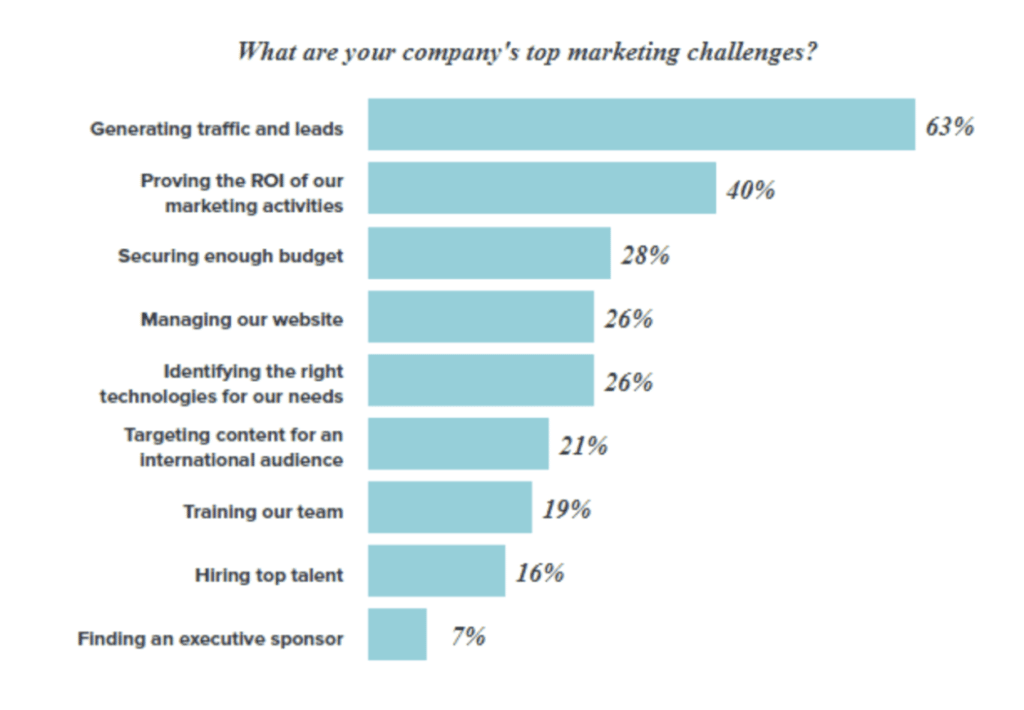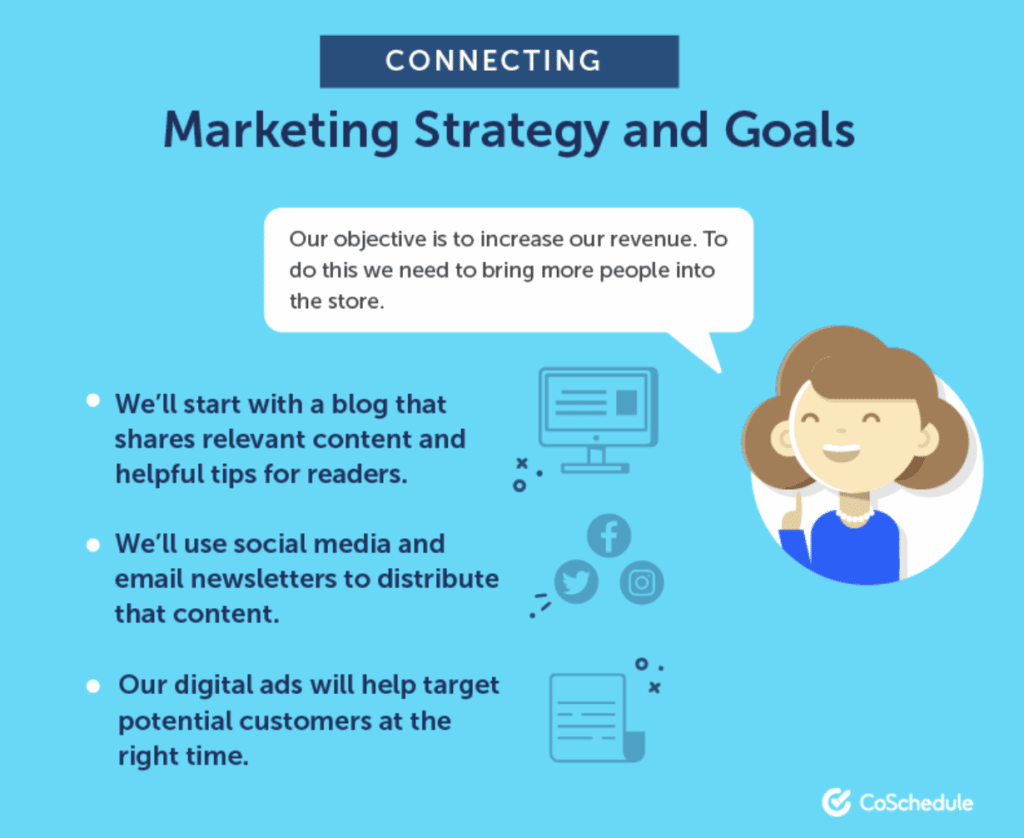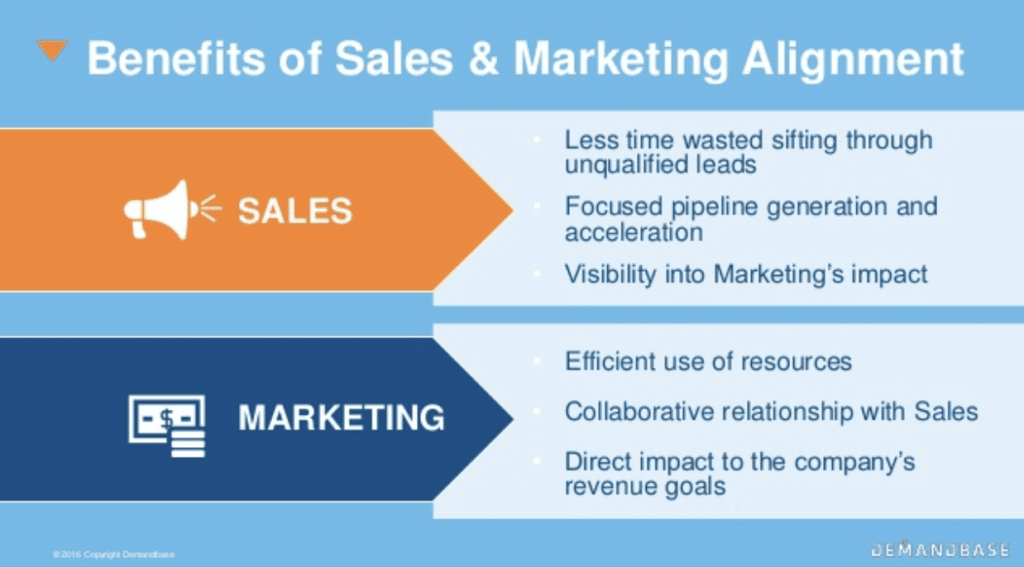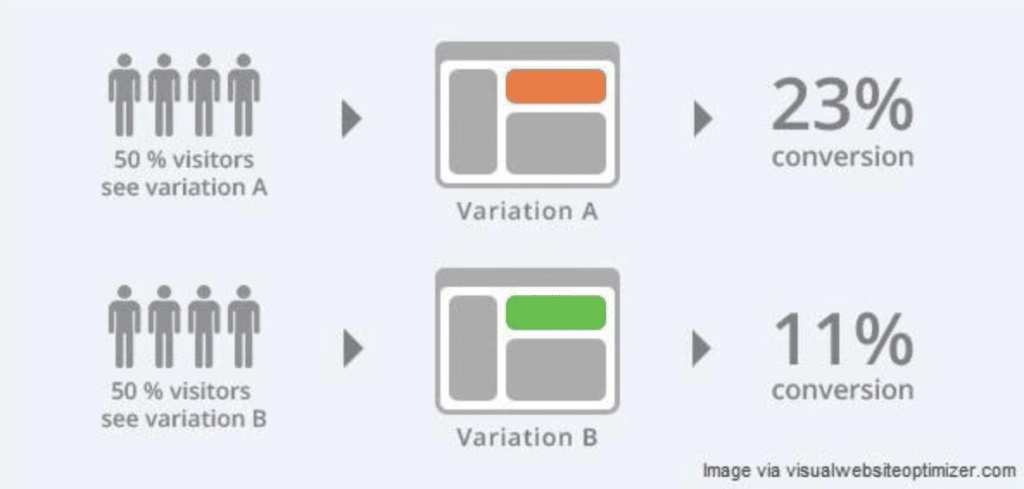Executing effective lead gen campaigns is a ‘must-have’ for any business looking to grow. That growth isn’t just associated with landing new customers, but retaining them. Therefore, it all starts with your lead gen campaigns because you have to push to target the right people who will adopt your product/service for longer than just a few days.
As I’ve pushed to grow my own business in the last two months, I have had to step out of my comfort zone. This means doing something I’ve never had to do before and that’s hiring a sales team to help with prospecting and generating leads in conjunction with the marketing efforts.
That said, I’ve been on a plethora of sales calls and one thing is for sure: the businesses that struggle with growth are the ones that are not executing any lead generation strategies and tactics to foster their growth goals.

In today’s blog post, I’ll highlight specific ways you can execute a successful B2B lead gen campaign, and before I dive in, let’s look at why companies have such a big challenge funneling in qualified leads…
Why companies don’t funnel in qualified leads
Lately, I’ve thought a ton about a topic I addressed earlier on: no matter how different each of the businesses I work with is, they all face the same marketing challenges. Challenges I hear over and over again are:
- “We need high-quality leads.” 80% of marketers report their lead generation efforts are only slightly or somewhat effective. (Source: BrightTalk)
- “We need to build our email list.” Three-quarters of companies agree that email offers “excellent” to “good” ROI. (Source: Econsultancy)
- “We need more traffic.” 61% of marketers say improving SEO and growing their organic presence is their top inbound marketing priority. (Source: HubSpot)
Even though these challenges are the same across the board, the biggest differentiator that will help a company excel in their marketing efforts is the team. Having a great team means that you are all cohesively working together towards a collaborative goal that feels authentic, meets your core values, and will benefit everyone.
In order to do this well, you have to be able to put your egos aside and be honest with what you’re good at (your assets), what you don’t know (yet to learn), and what you’re not good at (your deficits).
All of the businesses that work with me to drive results typically see a 10-15x ROI. There are a few things that help these companies get there:
- Trust is essential because without it, comes the need to micromanage everything which becomes a bottleneck for executing.
- They have allocated a budget for marketing. This is a no bullshit zone — meaning you’ve taken the time to know exactly what you can afford to put towards awareness and drive more conversions online.
- They openly communicate to the point where it feels as though my team is a part of theirs and vice versa. Transparency is key to ensuring that nothing slips through the cracks and that we talk about what’s working, what’s not, and what the next course of action is.
- They’ve aligned sales and marketing adequately to meet revenue goals.
- They are organized and allow the right processes to be put in place.
Establish your goals and success criteria
Know what you’re willing to pay to get a good quality lead and then build an ROI model around that. A common misstep I see a lot of businesses make is that they’ll adopt a vast amount of sales and marketing tools, then not take full advantage of the ones that will be more impactful to achieving their objectives.

Ensure alignment between marketing and sales
Nailing the ops aspect is going to be incredibly critical for tracking and measuring everything. More specifically, these processes will ensure a sense of alignment between marketing and sales. For example, knowing when leads will become sales accepted through lead scoring criteria or even clear ICP (ideal customer profile) criteria will aid with reporting.
This reporting can then be used and analyzed to understand ‘where’ in the buyer journey needs more optimization as well as what is working incredibly well.

Run a ton of different ad variations
Isolate what you test so you aren’t testing too many things at once. In other words, develop a testing schedule you can follow every 2 weeks well into experiments that might need a good 30 days before you can report on solid findings for the best path forward.
I get it, results are everything and we all want to see short-term wins right away. However, my advice here is that you don’t sacrifice long-term results for quick wins that don’t do much in terms of driving the lifetime value of each qualified lead.
That said, running a ton (100+) of different ad variations will help with the following:
- Testing multiple messages to see which one drives the most engagement and conversions.
- Testing your associated landing pages and figuring out what you’ll need to do to drive the expected results (e.g. 20 qualified leads per month).
- Testing out different types of creatives and images for conversions.

Automate thoughtfully
It can be easy to want to automate as much as possible because it does take out so much of the manual work, however, I’d advise doing so thoughtfully — meaning that personalization should be considered.
Therefore, you should differentiate between the actions that are taken. Here are some automated workflows to consider:
1. Subscribers
When visitors come onto your website, many won’t be ready to buy from you right away or even be ready to discuss your product/service with a sales rep. One of the easiest ways to capture contact information is to prompt these visitors to subscribe to your newsletter.
Make sure you are developing valuable content that will entice them to subscribe and then have a strong CTA that will trigger an action as well. With subscribers, you can keep them in their own bucket or even break it up even more with the following segmentation considerations:
- Understand the content they want to consume.
- Know the different times/days they want to receive communication from you.
- Understand the different personas that come in.
The key to understanding all of this will help you figure out how you should nurture these subscribers further down the funnel. The more information you can extract, the more personalized you can be while sending out automated emails.
2. Content downloads
Content plays a huge role with getting prospective customers to take action, convert, and finally set up a call with sales. In fact, content marketing costs 62% less than other types of marketing. So when you are able to couple up your content assets with a strong automation game plan, it’ll help fuel your chances for closing more sales.
3. Engagement-specific
Whether the goal is to drive more engagement or even just re-engage with a specific list in your database, it’s important that you understand exactly where they are in the funnel. This will ensure that the messaging is contextual relevant
The purpose of engagement workflows should be for the following reasons:
- To keep leads warm and move them from just being in an MQL status to SQL.
- To keep customers informed and engaged.
Wrapping it up
Know that as you implement your lead gen strategies and tactics, measuring everything per the entire buyer journey is going to be a critical part of your success. Having specific data points that give you clarity and validation of what’s working and what isn’t will only benefit you down the road.





